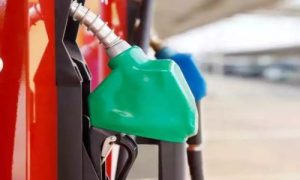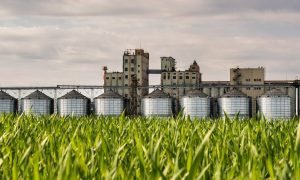MENA Steel Industry Poised For Green Transition With DRI And Green Hydrogen: Future Prospects And Opportunities

The steel industry is shifting to direct reduced iron (DRI) and electric arc furnaces (EAF) to cut carbon emissions, with MENA leading in this technology. Global DRI capacity is set to reach 175 million tonnes by 2030, with MENA contributing 69 million tonnes. MENA must integrate renewable energy and green hydrogen to meet low-emission standards and leverage the EU’s Carbon Border Adjustment Mechanism.
The steel industry is rapidly adopting direct reduced iron (DRI) technology to lower carbon emissions. This technology, combined with electric arc furnaces (EAF), significantly reduces the carbon footprint compared to traditional blast furnace-basic oxygen furnace (BF-BOF) methods. With the potential to use green hydrogen, this pathway allows the production of truly green steel. Middle Eastern and North African (MENA) steelmakers have been at the forefront of low-carbon iron and steel production for over four decades by utilizing DRI technology.
Projections indicate that global DRI capacity will reach 175 million tonnes annually by 2030, with the EU contributing 20 million tonnes and the MENA region 69 million tonnes. By 2050, the global demand for DRI is expected to increase to 320 million tonnes, with MENA expected to be a major exporter, contributing around 35 to 40 million tonnes.
To solidify MENA’s position as a global leader in green steel, steelmakers in the region need to incorporate renewable energy sources into their operations to reduce indirect emissions. They also have an opportunity to gradually transition from natural gas to hydrogen, converting their gas-based DRI plants into hybrid systems.
Carbon capture technologies have not proven sufficient in making steel production truly low-carbon. Therefore, increasing the use of green hydrogen in the steel industry is essential. Recent developments in the MENA region, including several projects to expand low-emission iron and steel production capacities, showcase the region’s growing momentum in green steel initiatives. Major players like Turkish steelmaker Tosyali and the Libya United Steel Company are collaborating to establish the world’s largest DRI facility, with a capacity of 8.1 million tonnes.
Green hydrogen developer CWP Global has plans to use hydrogen from its 30 GW AMAN project in Mauritania to produce green hot briquetted iron (HBI) for export to Europe. This move has gained recognition, with the European Commission highlighting Mauritania as a key supplier of both green hydrogen and green iron.
While new plants in the region are being designed to be hydrogen-ready, there are existing opportunities in the MENA market due to the current capacities. MENA steelmakers must prioritize reducing both direct and indirect emissions to align with international standards for low-emission steel production. Most emissions in DRI-EAF systems come from the use of natural gas and the electricity consumed during production. The carbon intensity of electricity grids in MENA countries is relatively high due to their dependence on fossil fuels. However, the region holds exceptional potential for renewable energy, particularly from solar power.
MENA steelmakers can start their green transition by gradually shifting from fossil-fuel-based electricity to renewables. They also have a significant opportunity to cut emissions by transforming their existing gas-based DRI plants into hybrid systems. The use of green hydrogen in these plants is crucial, given that carbon capture and storage (CCS) technology has limited success in reducing steel production emissions.
In the coming years, the steel sector is expected to be the main end-user of green hydrogen. However, green hydrogen development has been slower than expected, partly due to high production costs and a lack of committed buyers. Collaborative efforts between steelmakers and hydrogen developers are essential to overcome these challenges.
MENA producers stand to gain a competitive advantage over their Asian counterparts in exporting low-emission iron and steel to the European Union, which has introduced the Carbon Border Adjustment Mechanism (CBAM). This scheme imposes strict carbon restrictions on steel imports, thus incentivizing MENA producers to invest in green hydrogen and renewable energy for their steel production. By transitioning to green hydrogen and increasing renewable energy use, MENA steelmakers can improve their market share in the EU and remain competitive in the emerging green steel market.

















